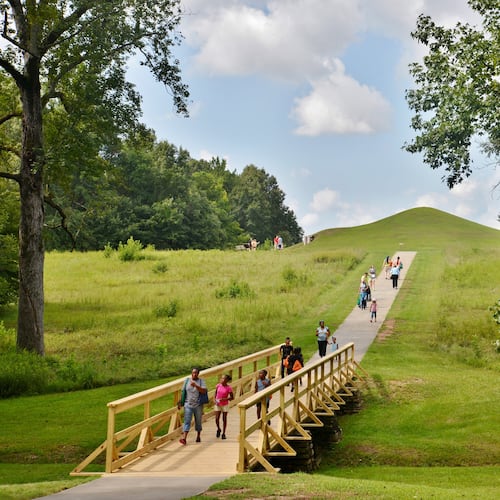As we witnessed in helpless anguish the closed door debt ceiling “negotiations” recently, we can only look at the stalemate of partisan politics and think of the Internet meme, “fight like the third monkey on the ramp to Noah’s Ark.”
The partisan fight over budget cuts is late and the sides are rigid and unbending. Notably, the Republican side is giving the environment, with proposed cuts to the EPA, Departments of Transportation and Energy, the lowest priority. This, during a time when the earth is warming faster than previously predicted and scientists now are in consensus about the clear evidence of impending crisis.
It would serve our fighting legislators to have learned that each party has a history of investing in environmental stewardship and sustaining our country’s natural resources. Four presidents in particular placed great priority on our planet’s environment: Republicans Theodore Roosevelt and Richard Nixon, and Democrats Franklin Roosevelt and Jimmy Carter.
Credit: contributed
Credit: contributed
Teddy Roosevelt, with his preservation of millions of acres of non-exploitable land, provided a titanic foundation for future preservation which is America the Beautiful’s “purple mountain majesties” and is increasingly at risk for unrelenting profiteering, development and extraction.
In our time, President Carter became known as the Environmental President. We probably remember most vividly his installation of solar panels on the White House, panels that were removed by his successor Ronald Reagan who, like many of today’s lawmakers, considered environmental programs wasteful government spending. The panels ultimately were given to a private college where they were used to heat water in the dining hall before being donated to several American history and science museums and to The Carter Library in Atlanta.
While President Carter’s focus on the environment was an easy point of derision for many, including mocking skits on SNL, he was the first president to recognize that the seriousness of climate change, a new layer of environmental concern, was no laughing matter and foresaw today’s crisis well before his administration. In 1972 as governor of Georgia, he established the Georgia Heritage Trust to protect endangered sites important to the state’s heritage.
As President, Carter doubled the size of our national park system and created the U.S. Department of Energy. While he was most often associated with his Southern accent and peanut farming, his background as a nuclear engineer who worked with the exacting Admiral Hyman Rickover, the “father of the nuclear Navy,” was seldom mentioned. From his early days in the U.S. Navy, Carter was focused on energy and the environment. He was disdained for raising fuel efficiency standards during the OPEC crisis, but fuel efficiency has increased from roughly 11 mpg then, to an average of 28 mpg today, with improvements now driven by consumers and manufacturers.
The attendant health benefits are undeniable, from the air we breathe to the water we drink to the food we grow.
President Carter’s environmental efforts were enabled by the momentum of programs enacted by President Nixon, who established the U.S. Environmental Protection Agency to protect our environment and health. In 1980, President Carter signed the Superfund act in response to the hazards of proliferating toxic waste sites.
Now our current Congress, along with our conservative, activist Supreme Court, are making startling headway in dismantling environmental improvement efforts fought for by at least four presidents from both parties dating back over 100 years.
While other presidents, including George W. Bush and Barack Obama have contributed to environmental improvement, the president whose name stands tall, for good and, yes, for fun, is Jimmy Carter, who raised environmental consciousness well before there was acceptance for the idea of environmental sustainability.
He foresaw the crisis we are facing today.
We must insist that the health of our planet and that of those who inhabit it will be given due importance in the debt ceiling and budget negotiations and not characterized as “wasteful government spending.”
We need continued efforts from both parties to carry America’s environmental health and sustainability leadership into an otherwise uncertain global future.
It’s worth fighting for.
R.K. Sehgal is a longtime Atlanta business executive and a former Georgia Commissioner of Industry, Trade and Tourism.
About the Author
Keep Reading
The Latest
Featured




